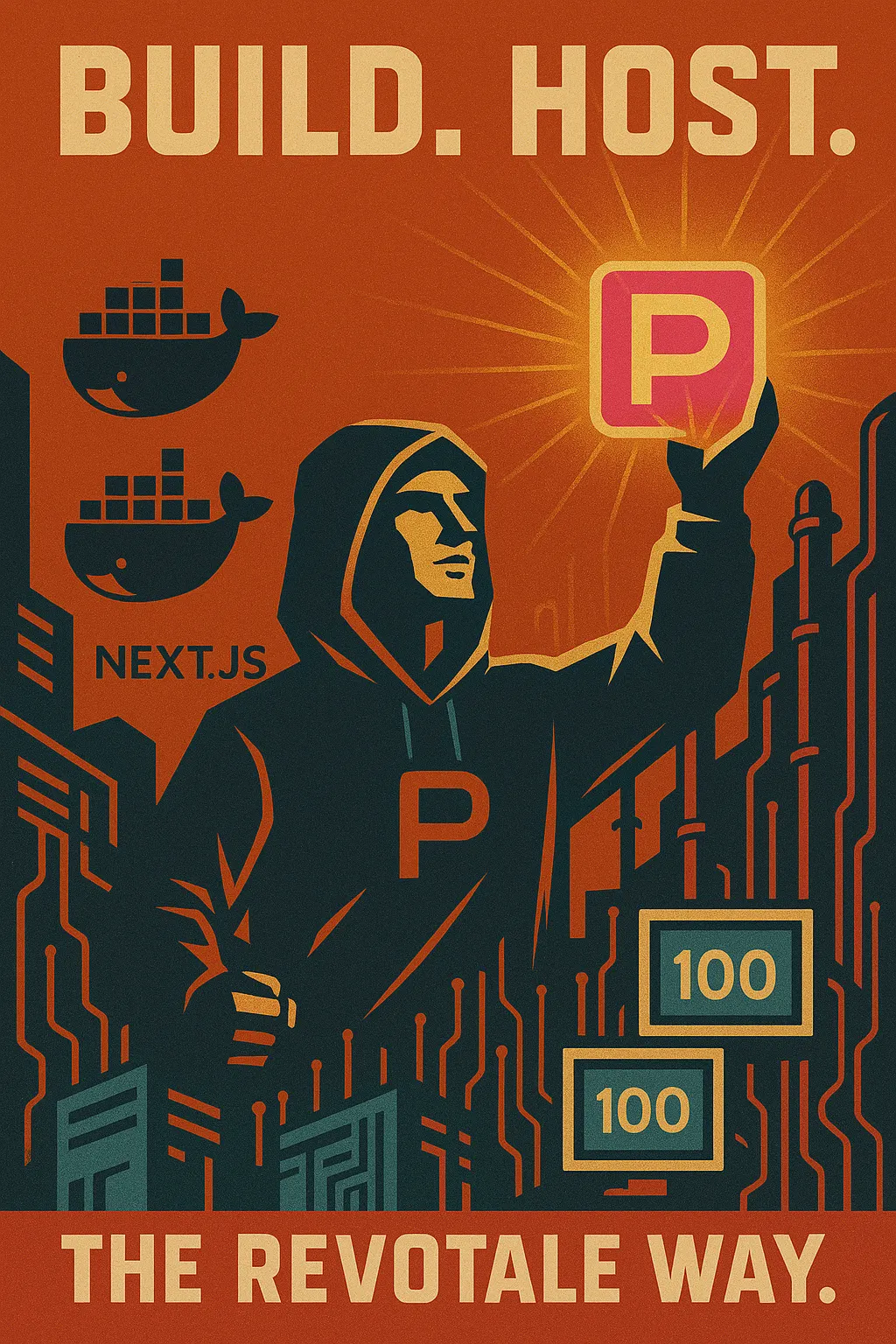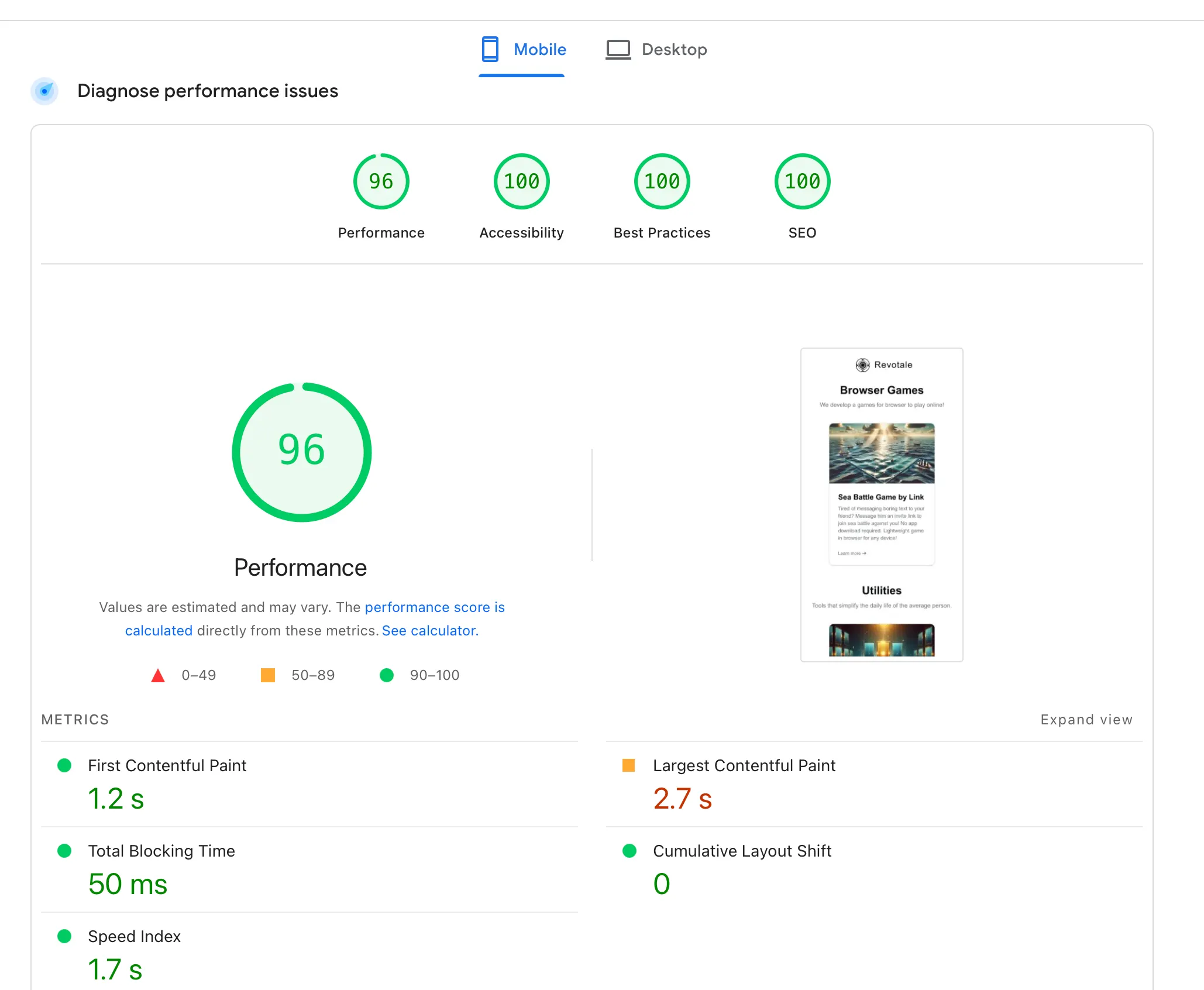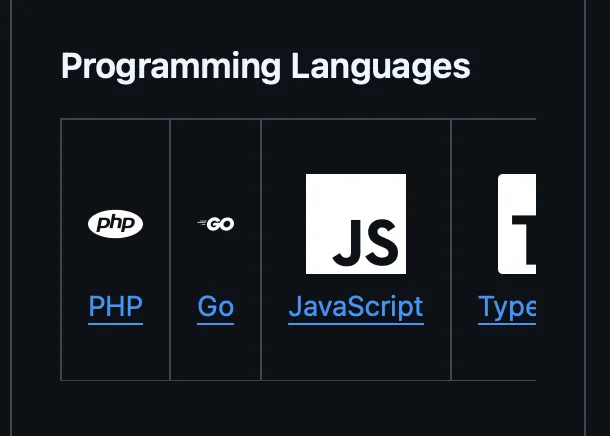Discover notes
We have great news! As of today, RevoTale runs entirely on a self-hosted infrastructure. The final step was migrating from Cloudflare R2 Object Storage to a self-hosted alternative — and we’re happy to announce that our media storage is now powered by an S3-compatible MinIO server.
It wasn’t easy. Due to the limitations of Cloudflare’s free plan, we had to move away from their entire infrastructure and even switch to a different domain registrar. The final straw was Cloudflare charging $10 for custom SSL just to support fourth-level domains. Of course, in addition to this, there were other unpleasant things we encountered related to Cloudflare's monopolistic tendencies.
So yes—starting today, every inch of our infrastructure is built entirely with open-source tools, and our stability is our responsibility.
Losing a single night of sleep can indeed impair cognitive functions, but the duration and extent of impairment can vary. Research suggests that after just one night of sleep deprivation, cognitive functions like attention, reasoning, and decision-making are affected, and this impact can last beyond the immediate day after. Some studies show that full recovery of cognitive function may take up to 3-4 days, depending on how much sleep debt was accrued and how well the recovery sleep is.
However, the effects are not equally severe for everyone, and some cognitive abilities might bounce back faster than others. While it's important to catch up on sleep, recovery can differ depending on individual resilience and the sleep quality afterward.
We are excited to tell you that starting today we use self-hosted imgproxy to create image thumbnails instead of Cloudflare Transform Images.
Why we decided to do it?
imgproxyallows us to extensively customise the behaviour of image resizing.- It’s easier to secure
imgproxy, especially since we manage it through our own proxy server. - Cloudflare Image Resizing is expensive.
- We prefer not to rely on external services for core infrastructure.
- Self-hosted
imgproxyallows us to test production-grade infrastructure locally. imgproxyis written in Go programming language. Since this is the main backend language we use, it's easier to fix bugs we discover related to image resizing.
There are a few potential reasons why some people may feel sleepy after consuming caffeine:
- Caffeine tolerance: Regular caffeine consumption can lead to increased tolerance over time. As a result, the stimulating effects may diminish, and the person may feel tired or sleepy after drinking coffee or other caffeinated beverages.
- Adenosine rebound: Caffeine works by blocking adenosine receptors in the brain. Adenosine is a neurotransmitter that promotes sleep. When caffeine wears off, the built-up adenosine can bind to its receptors, causing a sudden onset of sleepiness.
- Sugar crash: Many caffeinated drinks, such as energy drinks or sweetened coffee beverages, contain high amounts of sugar. The initial sugar rush can provide a temporary energy boost, but when blood sugar levels drop (known as a sugar crash), it can lead to feelings of tiredness and fatigue.
- Individual variations: People metabolize and respond to caffeine differently due to genetic factors, age, body mass, and other individual variations. Some individuals may be more sensitive to the effects of caffeine and experience drowsiness as a result.
- Underlying sleep deprivation: If a person is already sleep-deprived, caffeine may not be sufficient to overcome the existing sleep debt. In such cases, the temporary alertness provided by caffeine may quickly give way to sleepiness.
It's important to note that while these factors can contribute to sleepiness after caffeine consumption, the effects of caffeine can vary significantly from person to person.

Friedrich Engles once said.
Life is the mode of existence of protein bodies, the essential element of which consists in continual metabolic interchange with the natural environment outside them, and which ceases with the cessation of this metabolism, bringing about the decomposition of the protein.
ChatGPT analyzed my interest and created a cool poster!

We're excited to share that revotale.com scored 96 on mobile PageSpeed Insights! Even better — the blog notes page hits a perfect 100 🎯
It took some fine-tuning, but it was absolutely worth it.
Here’s what’s powering our performance:
- ⚙️ PayloadCMS v3 with GraphQL
- ⚛️ Next.js v15 with server-side rendering
- 📈 Umami for analytics (we’ve moved away from Google Analytics to prioritize privacy and speed)
- ☁️ Cloudflare for media storage and delivery (CDN)
- ☁️ Traefik as a proxy server
We see this as a foundation — keeping our website performance scores high will remain a core principle as we grow. It won’t always be easy, but we believe this discipline will bring long-term benefits across the board.

If the site generates tons of low-value, unique search URLs (e.g., from bots or typo queries), consider:
<meta name="robots" content="noindex, follow">
But if you expect users to search the same queries again or want to rank for long-tail queries, keep it indexable.
I’m excited! Thanks to GitHub Copilot, I can now automate the process of finding missing translations across the project. Instead of using complex utilities or manually reviewing everything, now I just need a simple prompt.
So, the problem was that GitHub markdown files do not respect image width in case content is shorter than image. Thanks to HTML. There is " " filler in HTML specification that does role of "Non-breaking invisible glue" so it can simulate table width in case there is not enough symbols in table cell content.




